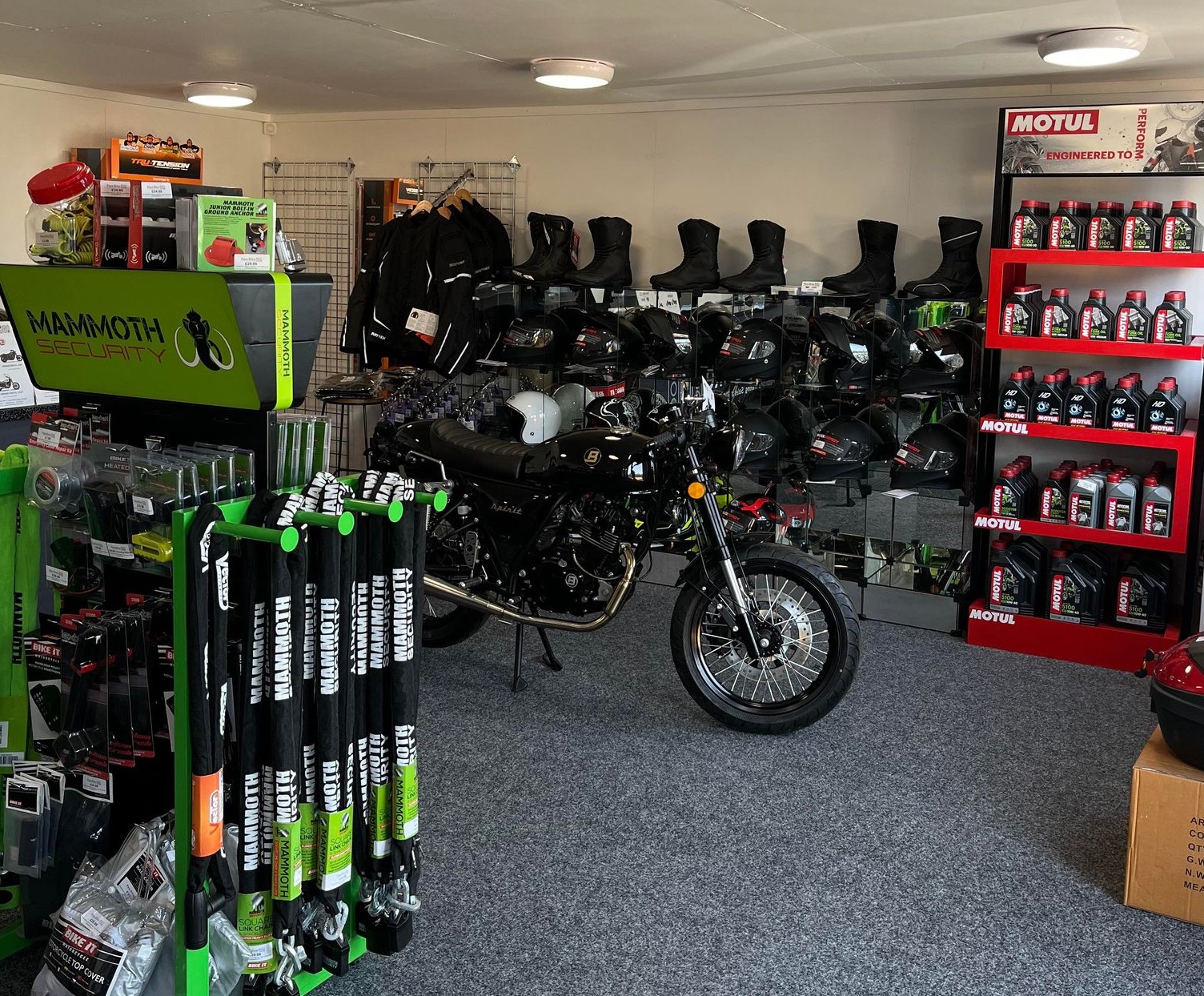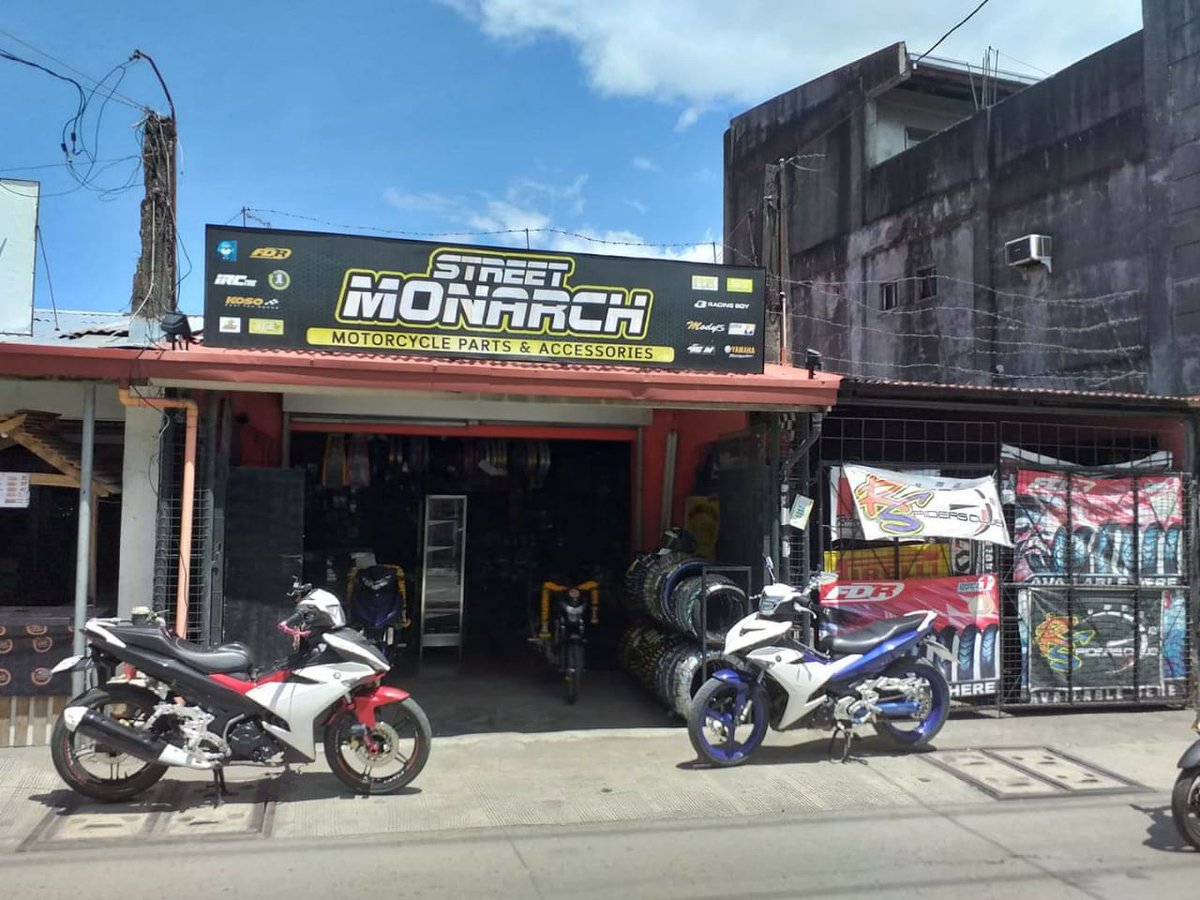Understanding the Essential Components of a Motorcycle: A Comprehensive Guide for Fanatics
For motorcycle enthusiasts seeking to boost their riding experience and ensure their bikes run smoothly, recognizing the important components of a bike is paramount. Each component, from the engine's elaborate operations to the crucial duty of the braking devices, not just affects efficiency but also safety and comfort. This guide will go through the essential parts that every cyclist should know with, allowing educated selections in both upkeep and potential upgrades. As we begin this exploration, one must ask: how does each component communicate to develop the seamless experience every lover looks for?
Engine Parts

The camshaft plays a vital function in regulating the timing of the engine's valves, making sure the precise opening and closing needed for effective fuel and air intake, along with exhaust expulsion. This timing is critical to preserving optimum engine performance and performance. Furthermore, the carburetor or gas shot system, depending on the motorbike version, is liable for mixing air with fuel in the right proportion for combustion.
The air conditioning system, either air or liquid-based, functions to maintain the engine's temperature level within functional limitations, preventing overheating and making certain durability - motorcycle parts nz. Each component, meticulously designed and incorporated, contributes to the smooth operation of the engine, defining the motorcycle's power result and overall performance
Transmission System
Important to the motorbike's functionality, the transmission system guarantees effective power transfer from the engine to the wheels. This system consists of a number of important parts, consisting of the clutch, gearbox, and last drive, each playing an important duty in converting the engine's power into movement. The clutch, typically run by a hand bar, offers to disengage the engine and engage from the transmission, enabling for smooth gear modifications and regulated acceleration.
The transmission, frequently described as the transmission appropriate, has a set of equipments that cyclists can by hand move via to adjust the bike's rate and torque output. These equipments are organized in a series that enables the motorcycle to increase efficiently and maintain optimum engine efficiency throughout various speeds. The majority of motorbikes make use of a consecutive transmission, needing the rider to shift gears in a fixed order.
Braking Devices
While understanding the transmission system is key to harnessing a motorbike's power, similarly crucial is the ability to control and stop that power successfully, which is where stopping systems enter play. Brakes are critical for safety and performance, providing the biker with the essential control to browse numerous terrains and problems. Commonly, motorbikes include two kinds of stopping systems: disc brakes and drum brakes.
Disc brakes are extra widespread in modern bikes due to their remarkable efficiency. They consist of a brake disc, caliper, and pads. When triggered, the caliper squeezes the brake pads versus the spinning disc, transforming kinetic energy into heat, thereby reducing the wheel. This system uses better warm dissipation, constant performance, and boosted quiting power, especially in damp conditions.
Alternatively, drum brakes, though less usual, are still located in some motorcycles. They function by pressing brake shoes against the inner surface area of a drum connected to the wheel. While generally much less efficient in heat dissipation and stopping power, drum brakes are easier and extra affordable.
Recognizing these braking systems' subtleties allows motorcyclists to keep their bikes correctly and appreciate the engineering article source that ensures reliable and risk-free quiting.
Suspension and Guiding
Suspension and guiding systems are important elements that dramatically influence a motorbike's handling and adventure convenience. The suspension system, including forks at the front and shock absorbers at the rear, absorbs road irregularities, improving stability and control. Front forks, inverted or commonly telescopic, compress and rebound to mitigate influences, while rear shock absorbers maintain tire contact with the road, vital for grip and safety.
Steering, centered around the handlebars, links the cyclist to the motorcycle's directional control. The guiding head bearings make certain smooth operation, allowing precise maneuverability. Correct placement and upkeep of these bearings are critical for foreseeable guiding response and decreasing cyclist tiredness.
The suspension's adjustability is another crucial element; preload, damping, and rebound settings permit modification to match numerous riding problems and my latest blog post designs. This adaptability is important for maximizing performance, whether navigating metropolitan streets or taking on rugged tracks. Developments like electronic suspension systems offer real-time changes, improving ride top quality throughout varied terrains.

Electrical Systems
After guaranteeing a regulated and smooth adventure via reliable suspension and guiding systems, focus transforms to the electric systems, a pivotal facet of modern bikes. These systems play a critical duty not only in starting the engine yet also in powering various components that enhance the functionality and safety of the motorbike.
At the heart of a motorcycle's electrical system is the battery, which stores electric energy necessary for beginning the engine and powering complementary systems - motorbike shop. The alternator or generator, combined with the rectifier-regulator, makes certain the battery remains charged while the motorcycle functions, converting mechanical power into electric energy and keeping voltage levels
The ignition system, an additional vital component, is responsible for sparking the air-fuel mixture in the engine's cyndrical tubes. Modern motorbikes commonly make use of an electronic ignition system, using better efficiency and integrity compared to typical systems.
Illumination systems, consisting of headlights, tail lights, and indicators, are also vital, making certain visibility and safety for the rider. Added digital parts such as sensing units, control systems, and shows contribute to advanced features like gas shot administration, anti-lock braking systems (ABS), and digital control panels, better improving the riding experience.
Verdict
A detailed understanding of a motorcycle's essential elements, consisting of the engine, transmission system, stopping mechanisms, suspension, guiding, and electrical systems, is crucial for lovers intending to enhance comfort, efficiency, and safety. Proficiency of these elements enables informed decisions pertaining to maintenance and upgrades, ultimately boosting the riding experience. By integrating this understanding, motorcyclists can ensure their bikes run at peak performance and dependability, thus optimizing both satisfaction and longevity of their cars.
For motorcycle enthusiasts looking to raise their riding experience and guarantee their bikes run efficiently, understanding the necessary components of a motorcycle is vital.Indispensable to the motorcycle's performance, the transmission system makes certain reliable power transfer from the battery heated motorcycle gloves engine to the wheels.While understanding the transmission system is crucial to using a motorcycle's power, equally essential is the capability to regulate and quit that power properly, which is where braking mechanisms come into play. Usually, bikes include 2 kinds of stopping systems: disc brakes and drum brakes.
A thorough comprehension of a motorcycle's vital elements, including the engine, transmission system, braking systems, suspension, steering, and electrical systems, is important for lovers aiming to enhance safety, performance, and comfort.